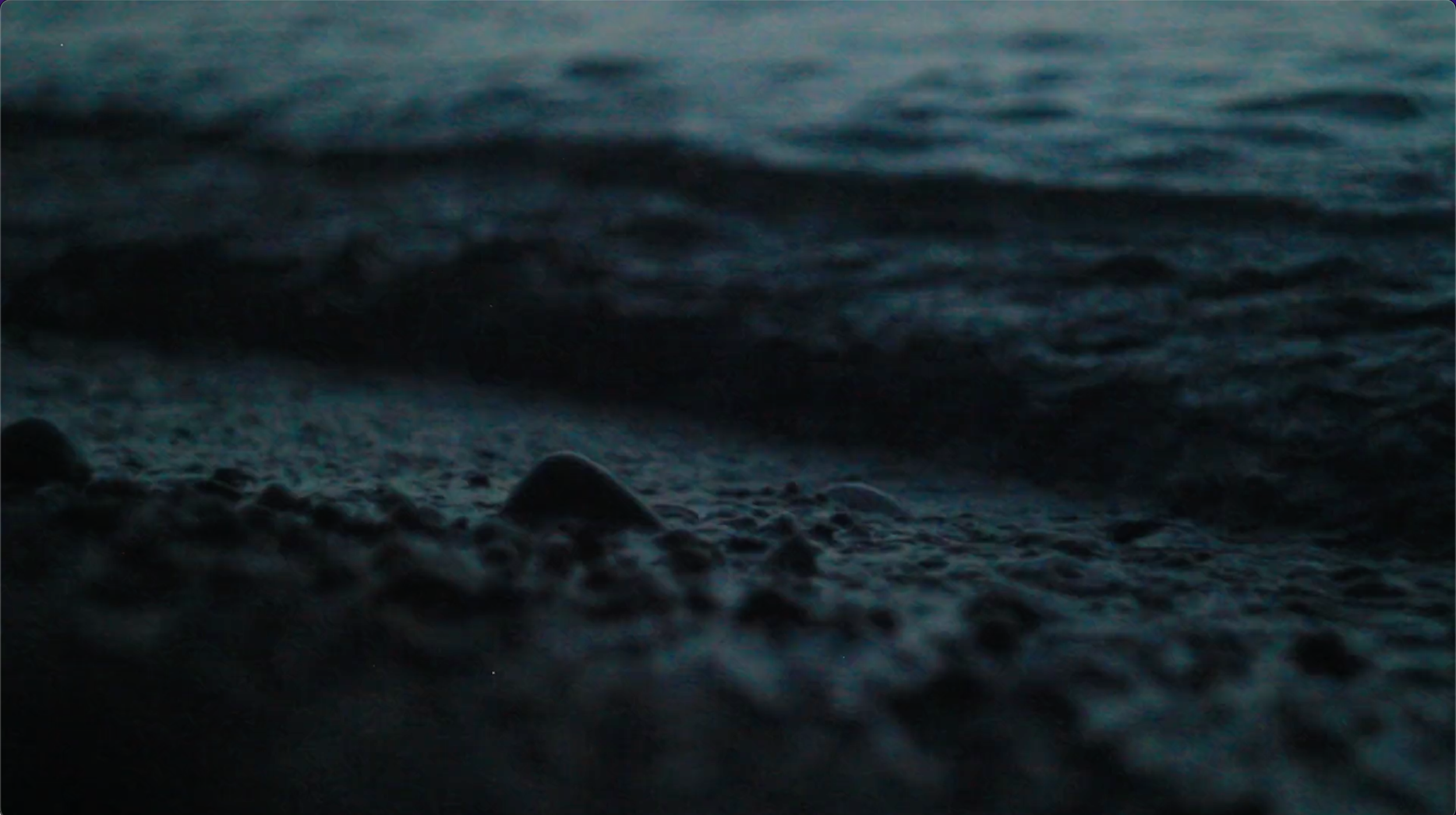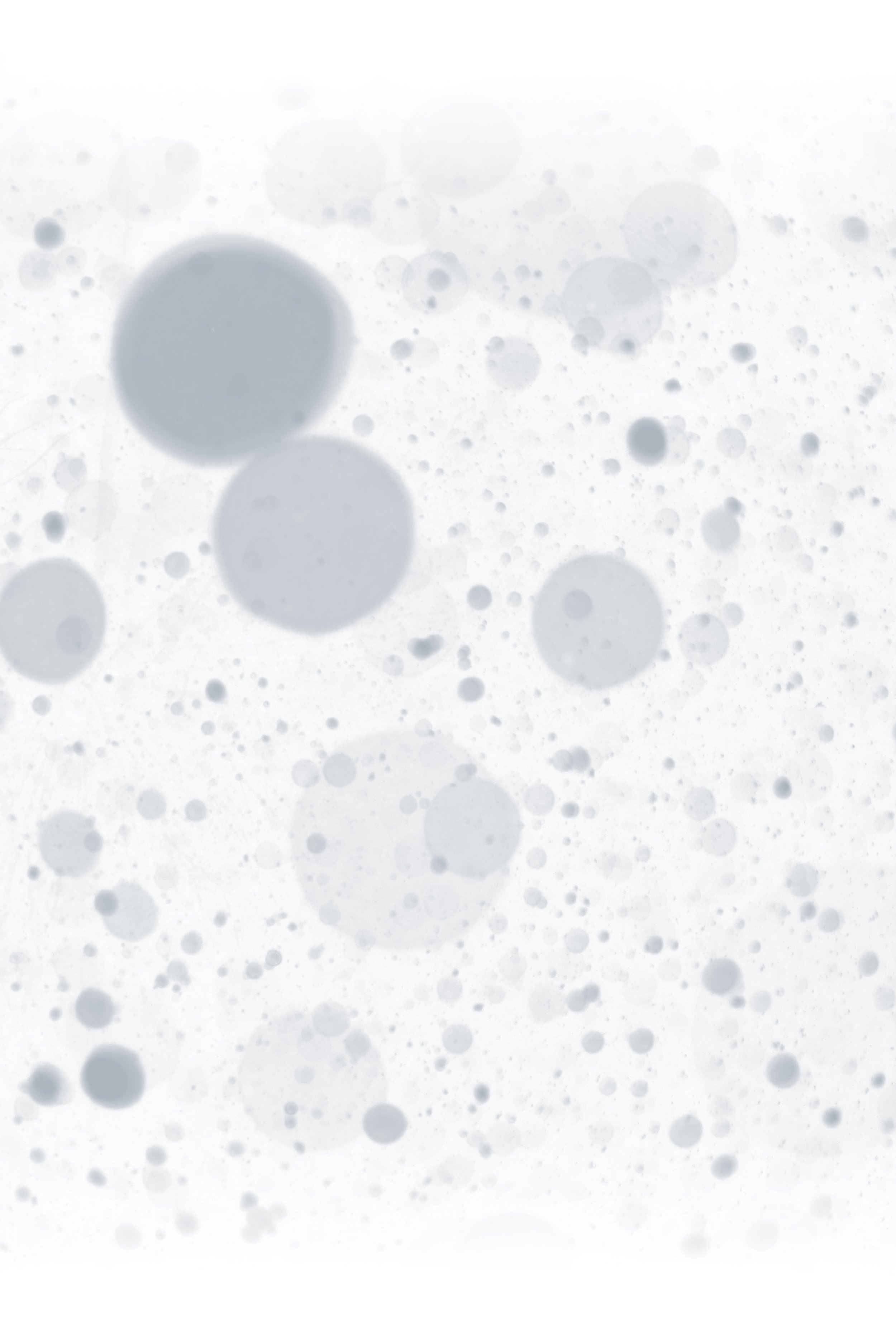

“The body, not the thinking brain, is where we experience most of our pain, pleasure, and joy and where we process most of what happens to us. It is also where we do most of our healing.”
WE want to Help You BUILD YOUR RESILIENCE IN A RAPIDLY CHANGING WORLD.
There are countless ways to tap into the miraculous power and wisdom of the human energy system. Some, you might have tried already, like breathing intentionally, dancing, or humming. Other simple tools include tapping, cross-body movements, basic martial arts techniques, Reiki, massaging pressure points—and the list goes on.
When we start working intentionally with our energy, we learn the patterns in our nervous systems and how to rewire them to better serve our needs and aspirations.
The Energetic Literacy Project connects individuals to a growing community of people committed to practicing this reawakening way of living. We collaborate with a wide range of professionals and experts so we can learn together—from each other and from ourselves—in a “living laboratory” of energetic intelligence. We do this in community in order to build collective adaptability to a rapidly changing world.
From a scientist, we might learn how bioelectricity supports every function in our bodies, from our development as embryos to our digestion, feelings, and nervous-system responses to perceived threats.
From an Aikido master, we might learn how to center our energy for dramatically greater strength and balance—both physical and emotional.
From an energy healer, we might learn how to work with our subtle energies to move from dis-ease to greater health.
From creatives, we might learn how to be “in the flow” with more ease and consistency.
From mindfulness practitioners, we might learn how to bring the often frenetic energy of our minds into a state of greater presence and peace. This, in turn, will impact our physical and mental health, as many scientific studies have shown.
From somatic therapists, we might learn how to heal emotional trauma that lives in the body, and to better regulate our nervous systems—and to help those around us do the same.
From ourselves and each other, we will learn how our unique energetic intelligence can be developed and our powers of self-healing, creativity, and leadership expanded.
what the research says
Additional resources for the curious
Academy for the Advancement of PostMaterialist Sciences
Somatic Experiencing International
JOURNALS AND OTHER ARTICLES
Adee, Sally. We Are Electric: The New Science of Our Body’s Electrome. Canongate Books, 2023.
Blakeway, Jill. Energy Medicine: The science and mystery of healing. HarperCollins, 2019.
Jacobsen, Rowan. “Brains Are Not Required When It Comes to Thinking and Solving Problems—Simple Cells Can Do It.” Scientific American, February 1, 2024.
Levine, Peter A. Waking the Tiger: Healing trauma. North Atlantic Books, 1997.
Mayor, David F., and Marc S. Micozzi, eds. Energy medicine East and West: A natural history of QI. Elsevier Health Sciences, 2011.
Menakem, Resmaa. My grandmother's hands: Racialized trauma and the pathway to mending our hearts and bodies. penguin UK, 2021.
Oschman, James. Energy Medicine The Scientific Basis, Second Edition. Elsevier, 2016.
Van der Kolk, Bessel. The Body Keeps the Score: Mind, brain and body in the transformation of trauma. Penguin, 2015.
Woollacott, Marjorie Hines. Infinite awareness: the awakening of a scientific mind. Rowman & Littlefield, 2015.
Peer-reviewed Research (a sampling)
Bengston, William F., and David Krinsley. "The effect of the “laying on of hands” on transplanted breast cancer in mice." Journal of Scientific Exploration 14.3 (2000): 353-364.
Beseme S, Bengston W, Radin D, Turner M, McMichael J. Transcriptional Changes in Cancer Cells Induced by Exposure to a Healing Method. Dose-Response. 2018;16(3). doi:10.1177/1559325818782843
HeartMath Institute peer-reviewed research
Lothes, J., Hakan, R., & Kassab, K. (2013). Aikido Experience and its Relation to Mindfulness: A Two-Part Study. Perceptual and Motor Skills, 116(1), 30-39. https://doi.org/10.2466/22.23.PMS.116.1.30-39
Payne, Peter, Peter A. Levine, and Mardi A. Crane-Godreau. "Somatic experiencing: using interoception and proprioception as core elements of trauma therapy." Frontiers in psychology 6 (2015): 93.

